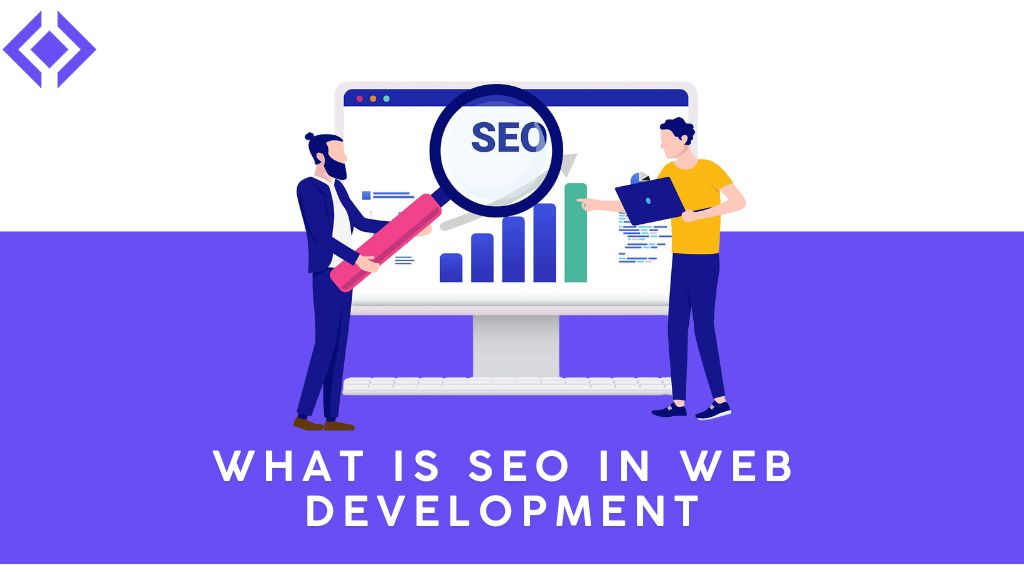Subtotal $0.00
In the digital age, a website is more than just a collection of pages; it’s a powerful tool to connect with audiences, share information, and grow businesses. But having a website isn’t enough—it needs to be discoverable. This is where SEO (Search Engine Optimization) plays a crucial role in web development.
SEO in web development refers to the integration of strategies and practices into the development process to ensure a website ranks higher on search engines like Google. By making a site more visible to users searching for relevant information, businesses can drive traffic, increase engagement, and achieve their goals. In this blog, we’ll explore what SEO in web development entails, its benefits, practical applications, and actionable tips to optimize your site effectively.
Why Is SEO Important in Web Development?
1. Increased Visibility
SEO helps search engines understand your website’s content and rank it for relevant keywords. This increased visibility ensures that your target audience can find your website when they search for related topics.
2. Better User Experience (UX)
SEO-driven web development often emphasizes fast load times, mobile responsiveness, and easy navigation—factors that enhance user experience and keep visitors engaged.
3. Higher Conversion Rates
By targeting the right audience with relevant content, SEO can attract qualified leads who are more likely to convert into customers.
4. Competitive Advantage
Websites optimized for SEO have an edge over competitors, especially in highly saturated markets. Ranking higher builds credibility and trust with users.
Key Elements of SEO in Web Development
1. On-Page SEO
On-page SEO involves optimizing individual pages to rank higher and earn more traffic. This includes:
- Title Tags: Use concise, keyword-rich titles that describe the page content accurately.
- Meta Descriptions: Write compelling summaries (under 160 characters) to entice clicks.
- Header Tags (H1, H2, H3): Structure content with clear headings to improve readability.
- Keyword Optimization: Research and use relevant keywords naturally throughout the content.
2. Technical SEO
Technical SEO focuses on the backend aspects of your site to improve its performance and crawlability. Key components include:
- Site Speed: Optimize images, enable compression, and leverage browser caching to ensure fast load times.
- Mobile-Friendliness: Use responsive design to ensure your site works seamlessly on all devices.
- XML Sitemaps: Provide search engines with a map of your site’s structure for better indexing.
- Robots.txt File: Control which pages search engines can or cannot crawl.
3. Off-Page SEO
Off-page SEO refers to activities outside your website that impact rankings, such as:
- Backlinks: Earn links from high-authority websites to build credibility.
- Social Media Signals: Share content on social platforms to drive traffic and engagement.
- Local SEO: Optimize for local searches by claiming your business on Google My Business and including location-specific keywords.
4. Content Optimization
High-quality, relevant content is the cornerstone of SEO. Incorporate these strategies:
- Write blog posts, articles, or guides that answer user questions.
- Update content regularly to keep it fresh and relevant.
- Use multimedia elements like images, videos, and infographics to enhance engagement.
How to Implement SEO in Web Development
Step 1: Plan Your Site Structure
Design a clear and logical structure for your website to ensure easy navigation. Group related pages into categories and subcategories for better organization and indexing.
Step 2: Conduct Keyword Research
Use tools like Google Keyword Planner or Ahrefs to find keywords relevant to your audience. Incorporate these keywords strategically into your content, URLs, and metadata.
Step 3: Optimize Code and Performance
- Minify CSS, JavaScript, and HTML.
- Use a Content Delivery Network (CDN) to reduce latency.
- Implement lazy loading for images and videos.
Step 4: Make Your Site Mobile-Friendly
With mobile-first indexing, search engines prioritize sites that perform well on smartphones and tablets. Test your site’s responsiveness using Google’s Mobile-Friendly Test tool.
Step 5: Leverage Schema Markup
Add structured data to your site to provide search engines with additional context about your content. This can enhance your search engine listings with rich snippets like star ratings, prices, and event details.
Step 6: Monitor and Analyze Performance
Use tools like Google Analytics and Google Search Console to track traffic, monitor keyword rankings, and identify areas for improvement.
Real-World Applications of SEO in Web Development
1. E-Commerce Websites
For online stores, SEO ensures that product pages rank for relevant searches. Implementing optimized product descriptions, category pages, and reviews can significantly boost traffic and sales.
2. Blogs and Content Websites
Blogs thrive on organic search traffic. SEO helps writers target the right audience by aligning content with trending and evergreen keywords.
3. Corporate Websites
Businesses use SEO to improve visibility for brand-related searches, attract potential clients, and build credibility in their industries.
4. Local Businesses
Local SEO strategies help brick-and-mortar businesses appear in location-based searches, driving foot traffic and online bookings.
Tips for Effective SEO in Web Development
- Keep URLs Clean
- Use short, descriptive URLs that include target keywords.
- Prioritize Page Speed
- Slow websites frustrate users and harm rankings. Regularly test your site’s speed with tools like GTmetrix or PageSpeed Insights.
- Use Alt Text for Images
- Describe images with alt text to improve accessibility and boost SEO.
- Focus on High-Quality Content
- Avoid keyword stuffing and prioritize providing value to your audience.
- Optimize for Voice Search
- Incorporate natural, conversational language to cater to voice search users.
Conclusion
SEO is an integral part of web development that ensures your website doesn’t just exist but thrives. By optimizing for search engines, you can enhance visibility, improve user experience, and achieve your digital goals.
Start by understanding your audience, building a solid site structure, and implementing on-page, technical, and off-page SEO strategies. Monitor performance regularly to adapt to changing algorithms and user behavior.
Take Action Today
Ready to boost your website’s visibility? Begin implementing SEO strategies in your web development process. Start with small changes—optimize your site speed, update meta tags, and create high-quality content. The journey to better rankings starts now!

